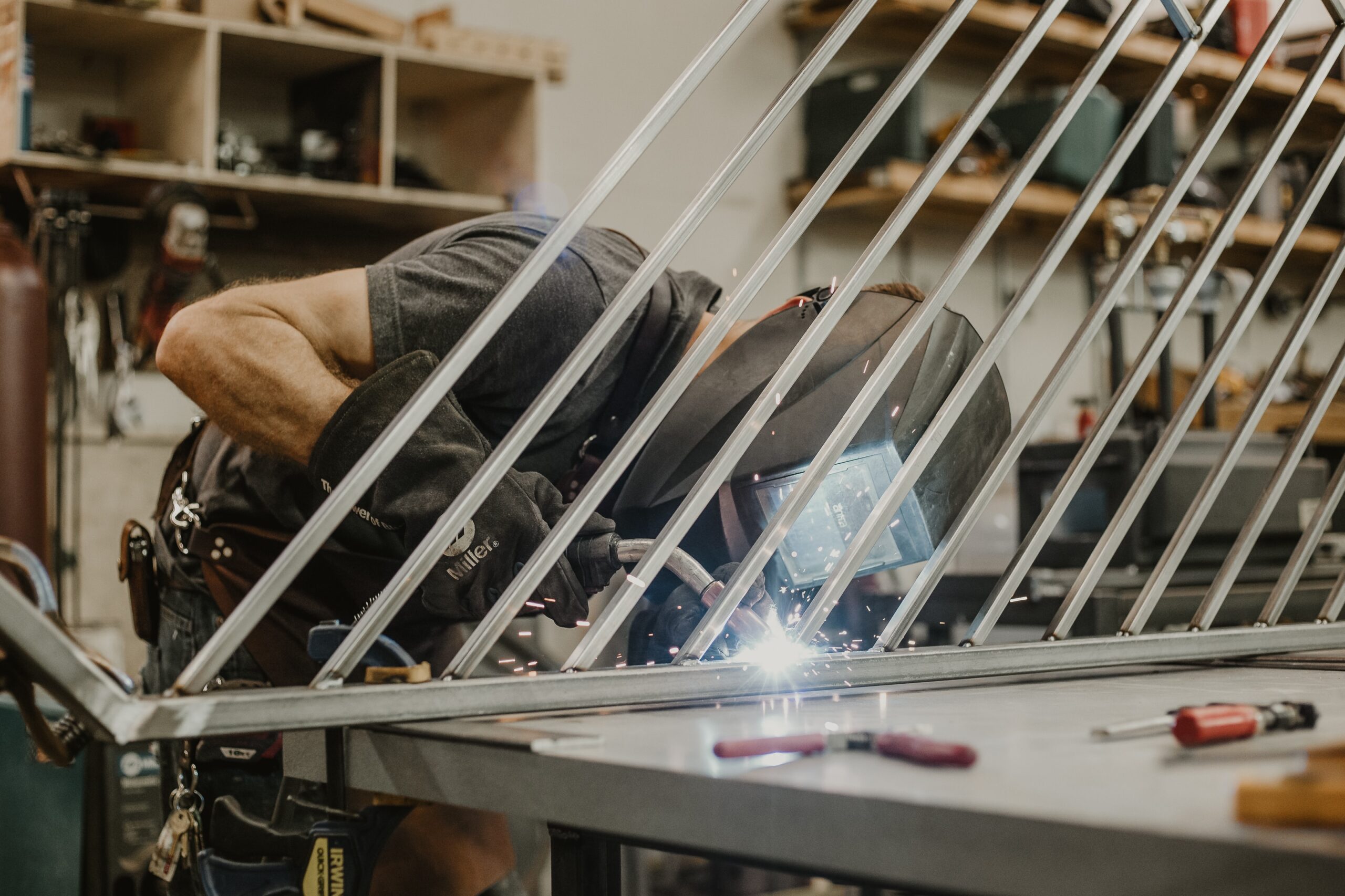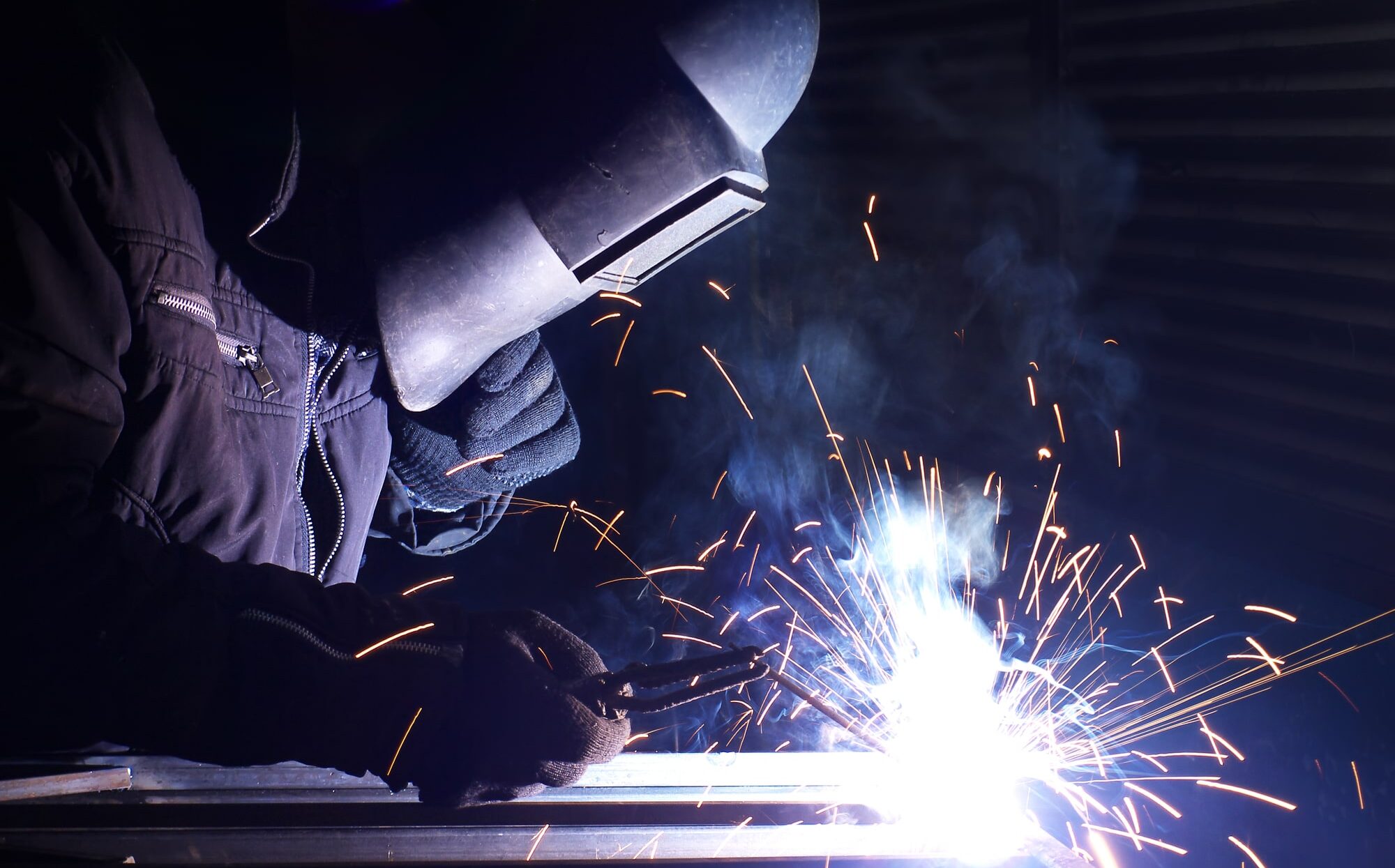Essential steps to eliminate porosity in welds with Belgrade Welding
Wiki Article
Everything about Welding: Secret Insights Into Techniques and Finest Practices for Success
Welding includes a range of techniques, each suited for details products and applications. Comprehending these methods, such as GMAW, SMAW, and TIG, is crucial for accomplishing excellent results. Additionally, the right equipment and security practices can not be forgotten. As preparation and troubleshooting play critical functions in the welding procedure, understanding these aspects can considerably boost the quality of the end product. What are the vital elements that assure an effective weld?Comprehending Various Welding Methods
Welding strategies incorporate a selection of approaches, each suited to certain applications and materials. Among one of the most usual strategies are Gas Steel Arc Welding (GMAW), Secured Steel Arc Welding (SMAW), and Tungsten Inert Gas Welding (TIG) GMAW, additionally understood as MIG welding, is popular for its rate and flexibility, making it optimal for thin materials. SMAW, or stick welding, is favored for its simpleness and performance in exterior environments, particularly with thicker steels. TIG welding provides precision and control, making it ideal for intricate work and non-ferrous metals (Welding). Each method has its special advantages and considerations, allowing welders to pick the most effective technique based upon the project's demands, product kind, and desired results. Comprehending these strategies is vital for effective weldingImportant Welding Equipment and Devices
While different welding methods require details abilities, the best tools and tools are just as essential for attaining quality outcomes. Vital welding tools includes welding machines, which differ depending upon the technique-- such as MIG, TIG, or stick welding. Safety gear, including safety helmets, aprons, and handwear covers, assurances safety and security and comfort during the procedure. On top of that, clamps and fixtures aid protect products in place, making certain precision in welds. Consumables like welding poles, cable, and protecting gas are additionally essential parts that affect the top quality of the weld. In addition, tools such as cutters and mills facilitate surface area prep work and post-weld ending up, adding to a specialist result. Purchasing high-grade tools eventually enhances the effectiveness and effectiveness of welding jobs.Safety Practices in Welding
Correct security methods are essential in the welding industry to protect workers from possible threats. Welders must put on ideal individual safety devices (PPE), including safety helmets with appropriate shading, handwear covers, and flame-resistant apparel. Sufficient air flow is crucial to minimize direct exposure to damaging fumes and gases generated throughout the welding procedure. In addition, employees must be learnt the right handling of welding devices to stop accidents. Fire safety and security steps, such as keeping combustible products far from the welding location and having fire extinguishers easily available, are required. Regular evaluations of tools and offices can help identify possible risks prior to they cause mishaps. By adhering to these safety practices, welders can create a more secure working setting and lessen dangers connected with their profession.Preparing Materials for Welding
Preparing products for welding is an essential action that significantly influences the top quality and stability of the final item (Welding). Correct preparation involves cleansing the surfaces to eliminate pollutants such as rust, oil, and dust, which can compromise the weld. Strategies such as grinding, sanding, or making use of solvents are commonly employed to attain a clean surface area. Furthermore, ensuring that the products fit together well is essential; gaps can cause weak welds. It's also crucial to consider the alignment and positioning of the components, as this will certainly affect the ease of welding and the final result. Picking the ideal filler material and making certain compatibility with the base metals is necessary for accomplishing strong, durable welds.Tips for Getting High-Quality Welds
Attaining high-grade welds calls for interest to information and adherence to best techniques throughout the welding procedure. Appropriate joint prep work is important, guaranteeing surface areas are complimentary and tidy from impurities. Picking the proper filler product and welding strategy based on the base metals is essential for optimal bonding. Maintaining consistent travel rate and angle while welding can stop defects and promote uniformity. Furthermore, regulating warmth input is vital; too much heat can bring about bending and damaged joints. If necessary, regularly inspecting the welds throughout the process allows for prompt adjustments. Lastly, utilizing suitable post-weld treatments, such as cleaning and stress and anxiety alleviation, can improve the toughness and honesty of the weld, ultimately making certain a successful outcome.Troubleshooting Typical Welding Issues
Welding commonly offers difficulties that can affect the quality and integrity of the end product. Common concerns such as porosity, irregular weld grains, and getting too hot can develop, each calling for certain troubleshooting methods. Comprehending these problems is crucial for welders to improve their abilities and accomplish ideal outcomes.Porosity Problems Clarified
Although porosity can commonly be overlooked, it remains an important issue in welding that can jeopardize the integrity of a finished product. Porosity refers to the presence of tiny gas pockets within the weld grain, which can lead and deteriorate the joint to premature failure. This trouble normally develops from impurities, moisture, or inappropriate shielding gas coverage throughout the welding process. To mitigate porosity, welders ought to verify that the base materials are completely dry and clean, use ideal securing gases, and keep consistent welding criteria. Consistently inspecting the equipment and atmosphere can also help identify possible problems before they manifest in the weld. Addressing porosity successfully is vital for achieving solid, sturdy welds that meet quality requirements.
Inconsistent Weld Beads
Irregular weld beads can greatly impact the top quality and strength of a completed product. Various aspects add to this issue, including inappropriate travel speed, inaccurate amperage setups, and irregular electrode angles. When the welder relocates also quickly, a bead may show up slim and do not have penetration, while relocating as well gradually can cause extreme build-up. In addition, using website the wrong amperage can result in either damaging or extreme spatter, both of which compromise weld stability. The welder's strategy, such as irregular lantern motion, can likewise result in irregular grain appearance. To reduce these problems, welders need to focus on maintaining stable, regulated motions and ensuring correct devices settings to achieve uniformity in their welds. Uniformity is vital to achieving trustworthy and strong welds.Getting Too Hot and Warping Issues
Extreme heat during the welding process can bring about significant overheating and buckling problems, influencing the structural stability of the work surface. These problems usually materialize as distortion, which can compromise alignment and fit-up, making further setting up testing. Aspects adding to overheating consist of the choice of welding specifications, such as voltage and take a trip rate, in addition to the sort of material being welded. To alleviate these problems, welders need to keep consistent traveling speed and proper heat input while checking the work surface temperature. Additionally, pre-heating or post-weld heat therapy can help minimize tensions triggered by quick air conditioning - Belgrade. Routine assessment and adherence to best techniques are important in stopping getting too hot and making sure the longevity and integrity of bonded frameworksFrequently Asked Questions
What Are the Career Opportunities in the Welding Sector?
The welding industry provides diverse profession opportunities, consisting of positions as welders, instructors, designers, and examiners. Experts can work in manufacturing, building, aerospace, and auto fields, gaining from strong demand and affordable salaries in different roles.Exactly How Can I Boost My Welding Speed Without Compromising Top Quality?
To boost welding speed without giving up quality, one ought to practice reliable methods, maintain devices, optimize setups, and improve hand-eye sychronisation. Routine training and looking for comments can additionally significantly contribute to achieving faster, top quality welds.What Accreditations Are Available for Welders?
Various qualifications exist for welders, consisting of those from the American Welding Culture (AWS), the National Facility for Building Education and Research Study (NCCER), and numerous industry-specific organizations. These credentials boost employability and demonstrate skill efficiency.Exactly How Does Welding Impact the Qualities of Metals?
Welding affects the properties of steels by changing their microstructure, which can result in adjustments in strength, ductility, and solidity. Warm input and air conditioning prices during the procedure substantially impact these material characteristics.Can I Weld Dissimilar Metals Together?

Report this wiki page